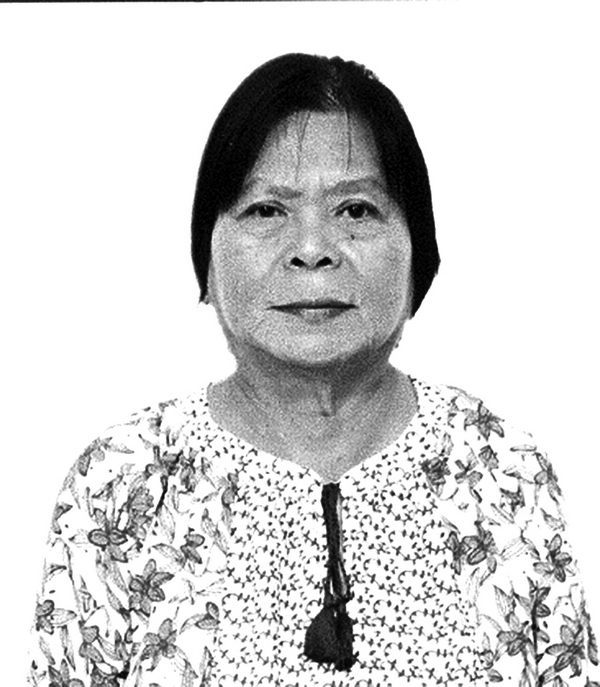
Two years ago, I wrote about the Sablay on UP’s Shoulder. Since it is graduation week of the University of the Philippines System, I am writing again about the Sablay to remind UP graduates of their mission.
In an enlightened nod to Filipino heritage, candidates for graduation in UP campuses walk with dignity to receive their diplomas wearing an ecru dress or Baring Tagalog with a sash that hangs from shoulder to thigh.
The sablay draped across the body is the official academic costume of UP officially adopted in 2000 after its first appearance in UP Diliman in 1990.
Created by six professors from UP Diliman, the sablay is inspired by the malong of Muslim Mindanao, a loose garment made from a seamless bolt of cloth.
A closer look at the original design, which has a copyright registered in 2002, reveals elements of native Philippine culture. The letters “U” and “P” are repeated in ancient Baybayin script, also known as alibata, an alphabet used by our pre-Spanish forbears. The university colors of maroon and green frame strokes rendered in yellow gold.
Hand-woven material is chosen “to represent hard work and Philippine indigeneity.”
With a design more suited for the tropics, students and faculty members are grateful for the light-weight garb. To this change is credited fewer episodes of “fainting” and complaints of unbearable heat-induced sweating under gothic gowns.
The appeal of the alternative attire is also in its layers of meaning.
As a verb, sablay means to place a precious object like a piece of cloth or garment upon one’s shoulder as a gesture of respect. In Cebuano, sablay (also sagbay) means to take upon the shoulder, to bear a burden, to assume a responsibility.
With this, graduates are reminded of the social obligation they carry in a world beyond the classroom according to Prof. Henry Francis Espiritu, philosophy professor of UP Cebu.
“The sablay is the fabric of nation-building,” he said. It is woven and is always rectangular. Its seamless nature shows that the development of the nation should be holistic. The designs are symbols of the contributions of different ethnic groups.”
The curvilinear desisgn called ukkil or ukit, which resembles a sprouting plant signifies life. The geometric designs (in zigzag and diamond patterns) are common design elements gracing the attires and functional objects of indigenous peoples from Batanes to Tawi-tawi…(these) highlight the diverse cultural communities in the Philippines and the University’s pursuit of knowledge, cultural enrichment, and scientific advancement.
Simple, yet elegant, the updated look is welcomed by young adults, who see it as a symbol of struggle and success.
Like a hard-earned diploma, “it has become a goal for millenials,” said Jae Marie Magdadaro, a Psychology graduate. “It reminds us that success needs careful weaving. The word sablay gives it a positive meaning,” she said.
In a current protocol, the sash is worn on the right shoulder. It is moved to the left shoulder by the preside after the candidate is conferred his or her degree. This echoes the traditional gesture of flipping the tassel of an academic cap from one side to the other.
The sablay is supposed to be worn over formal dress in ecru (cream or beige) for females with formal shows or an ecru Barong Tagalog and black pants for males.
But the change is being embraced wholeheartedly by those who expect UP to shake the status quo instead of blending in. More than a symbol of honor, it conveys a mission.
“The sablay is worn by both students and teachers during graduation,” says journalism professor Mayette Tabada. “It reminds me how we are all lifelong learners sharing the stake to serve the Filipino nation.”
Dr. Phobe Zoe Sanchez, whoi teaches sociology in UP Cebu, said the sash hung on one’s should “has social meaning” that grounds the university as a creation of government but on that ultimately belongs to the people.
Wearing the sablay means “We are struggling scholars…we carry with us the heart and soul of the Filipino.”